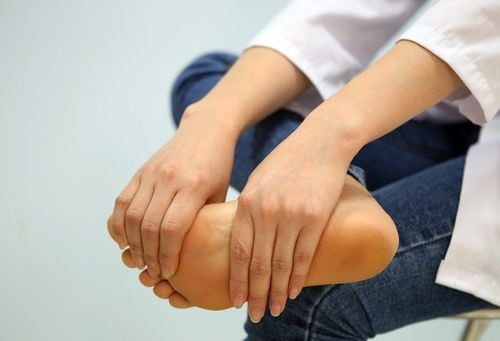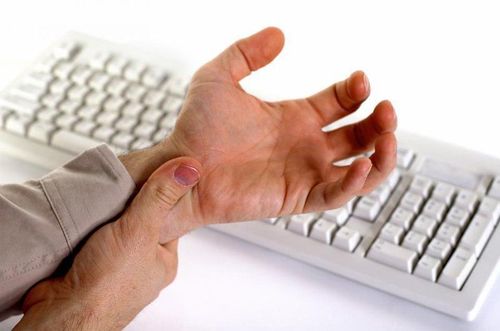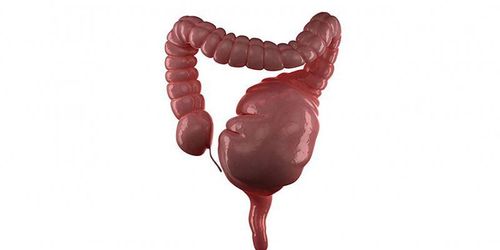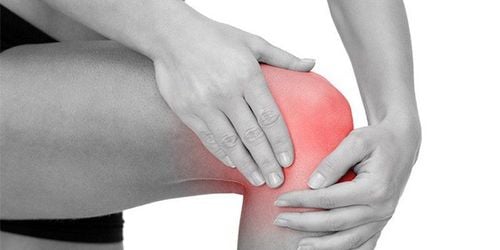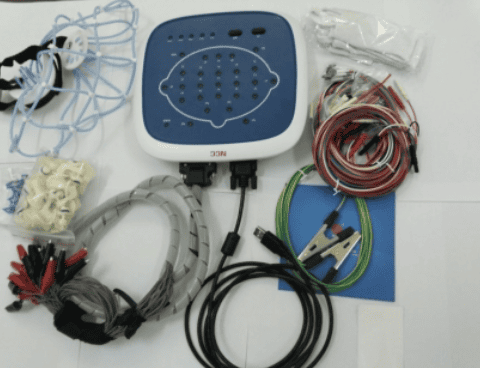This is an automatically translated article.
Electromyography with needle electrodes is a widely used method in the diagnosis of neurological and muscular diseases. This is the basis for the doctor to make the most suitable treatment options for the patient.
1. What is electromechanical recording?
Electromyography (English name: electromyography) is an exploratory method used to study the electrical response of nerves and muscles, and to evaluate the loss of nerve distribution of muscles. Currently, doctors have applied this method to evaluate the function of nerves, peripheral nerve roots, synapses - muscles, and muscles.
In cases of peripheral nerve damage with axon degeneration, it can be detected by inserting a needle electrode into the muscle that the nerve innervates in order to record the spontaneous potentials of the muscle and movement unit. This is the electromechanical recording method.
Explanation of motor units: The muscle fibers are innervated by an axon into a motor unit. When a motor neuron pulses, all the muscle fibers it controls will contract, forming a single electrical wave - called a motor unit.
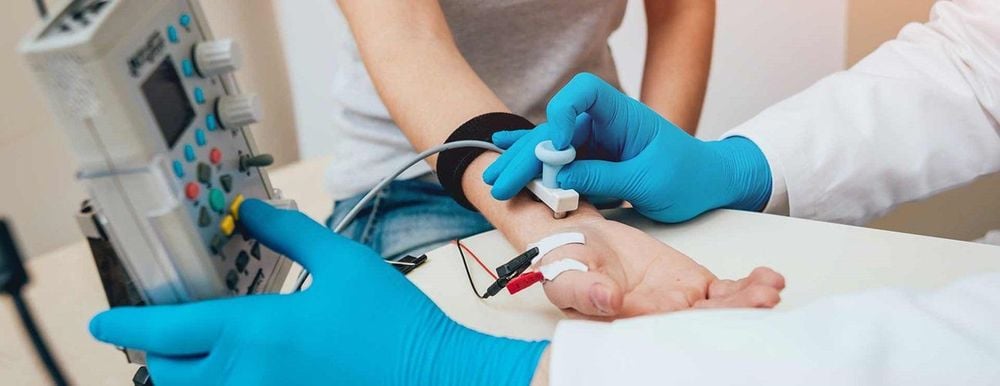
Ghi điện cơ kim phát hiện tổn thương dây thần kinh ngoại biên
2. Purpose of electromechanical recording by needle electrode
Electromyography is indicated to perform when the patient has symptoms of nerve or muscle disorders such as:
Diagnosis of muscle damage due to nerve, muscle disease or other diseases; Muscular disorders such as polymyositis, muscular dystrophy. May be combined with muscle biopsy to confirm the diagnosis; Diagnosis and prognosis of nerve damage caused by trauma such as nerve injury, spinal cord injury after an accident. Electromyography helps determine the location and extent of nerve damage so that the doctor can predict the recovery time; Diagnose or rule out disorders affecting motor nerves in the brain or spinal cord such as amyotrophic lateral sclerosis, paralysis; Differential diagnosis of symptoms such as weakness, pain in extremities, fatigue, stiffness, cramps, restlessness, paresthesias, skin sensation disorders,...; Diagnosis of diseases affecting the nerve-muscle connection such as myasthenia gravis; Diagnosis or confirmation of suspected peripheral neuropathy due to diabetes, uremia or metabolic-immunological disorders; Locate local or compressive nerve lesions such as carpal tunnel syndrome, nerve root compression; motor neuron disease, neuritis, radiculopathy (sciatica, disc herniation), mononeuropathy, plexus disease. Note: Electromyography may not be performed if the patient is on anticoagulant therapy such as Heparin.
3. Electromechanical recording procedure by needle electrode
Prepare personnel, procedures, patients and technical facilities as required; The patient relaxes muscles, disinfects the skin to be examined with a needle electrode, inserts the needle electrode through the skin into the muscle, stabs the needle step by step to investigate the electrical activities caused by the needle; Allow the needle to rest in a fully relaxed muscle to look for spontaneous electrical activity of the muscle, if any; Instruct the patient to contract the muscle gently so that the motor units emit discrete pulses, perform an imaging survey of each motor unit potential; Ask the patient to contract the muscles gradually to investigate the aggregation of the motor units until the patient is maximally contracted - see the interference image of the motor units. When recording and observing the waves recorded on the screen, it is necessary to listen to the sound of the emitted waves.

Người được thực hiện kỹ thuật thủ tục trước khi ghi điện cơ bằng điện cực kim
4. Evaluation of results
Neurological changes: Manifestations polyphasic, wide duration and high amplitude. This condition is common in neurological diseases that cause muscle damage; Myopathy-related changes: Motor units are reduced in amplitude, short duration, and polyphasic. After electromyography, the patient may have a small bruise at the needle site. These marks will fade after a few days.
Electromyography with a needle electrode is the gold standard for the diagnosis of muscle and peripheral nervous system diseases. When this diagnostic method is indicated, the patient should cooperate with the doctor's instructions.
At Vinmec International General Hospital, the method of electromyography and nerve conduction velocity is used in diagnosing nerve and muscle abnormalities. This technique is performed by a team of Vinmec doctors and nurses who are well-trained, professional and experienced; with the support of modern and advanced equipment; professional medical service quality.
Please dial HOTLINE for more information or register for an appointment HERE. Download MyVinmec app to make appointments faster and to manage your bookings easily.




